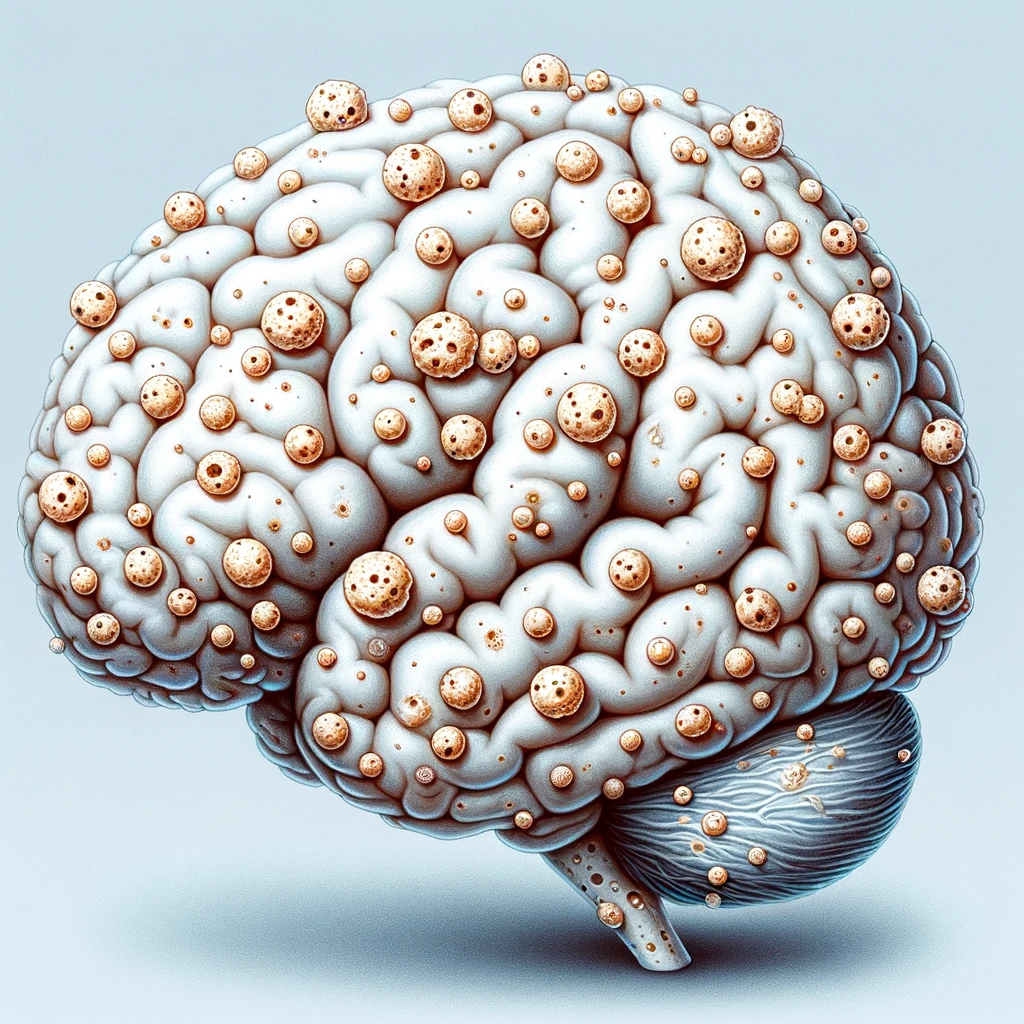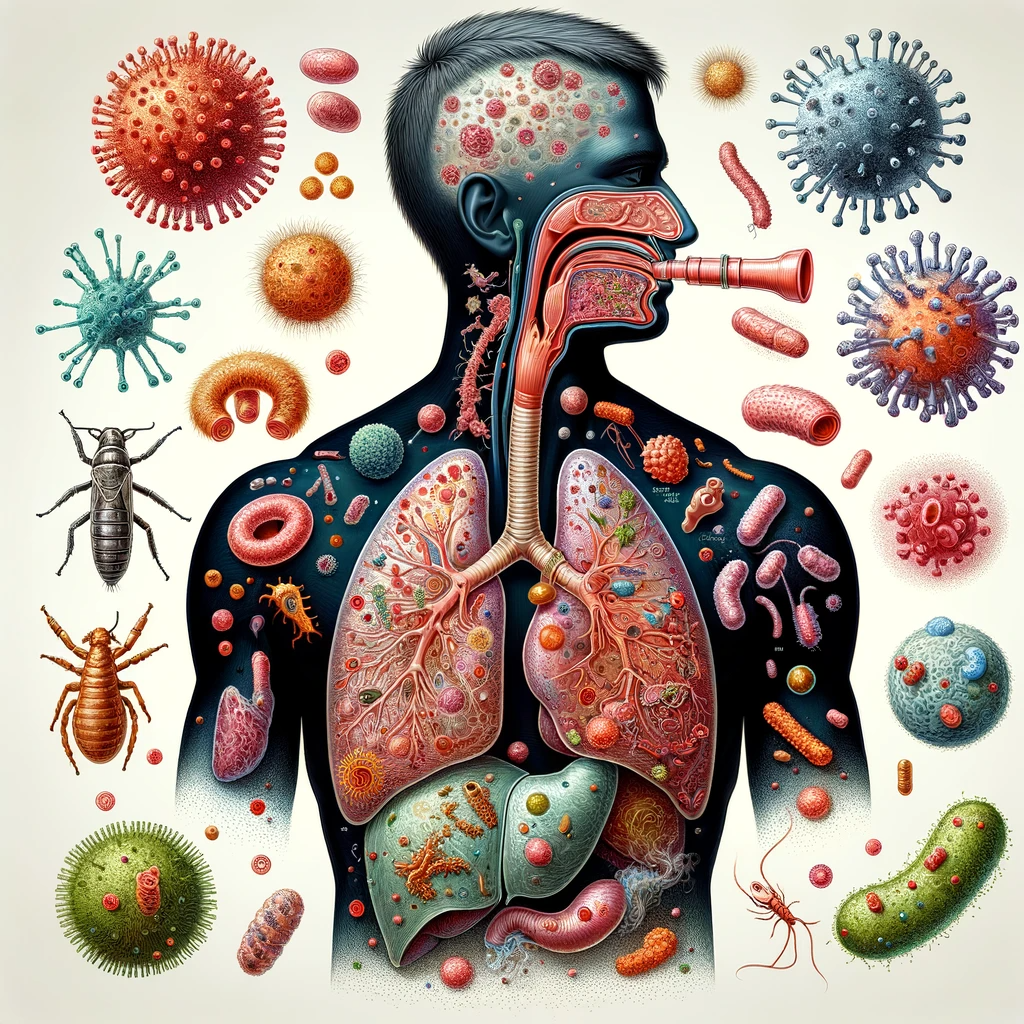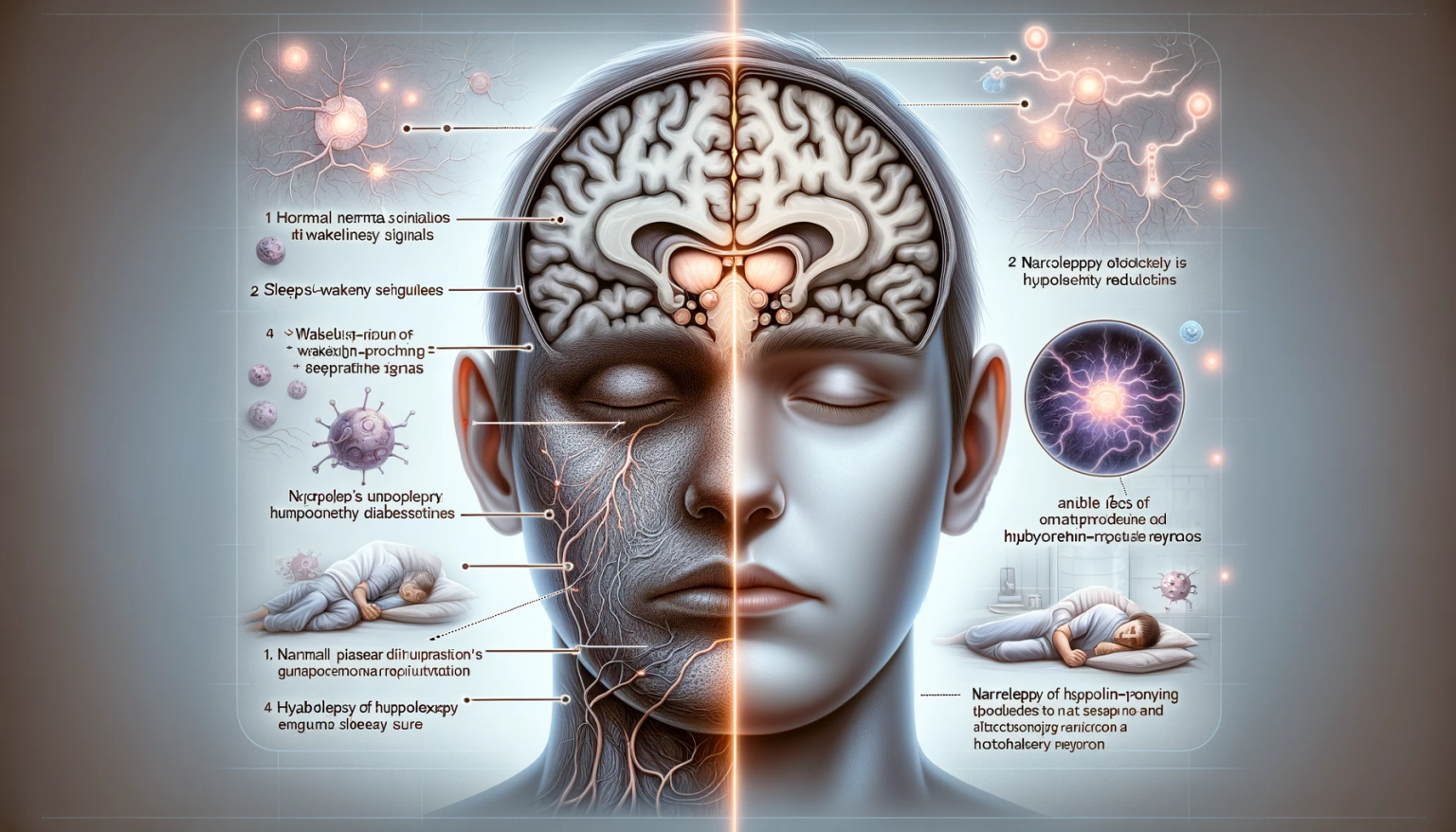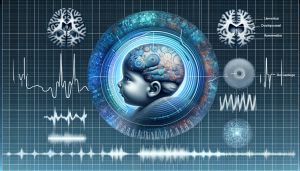Introduction
Narcolepsy is a chronic neurological disorder characterized by excessive daytime sleepiness and abnormal REM sleep phenomena. It significantly impacts the quality of life, affecting daily activities, work, and social interactions. This article aims to provide a thorough understanding of narcolepsy, its symptoms, underlying causes, diagnostic procedures, and current treatment options.
Clinical Presentation
The primary symptom of narcolepsy is overwhelming daytime drowsiness and sudden sleep attacks. These episodes can occur during any activity, often without warning. Other hallmark symptoms include cataplexy (sudden loss of muscle tone triggered by strong emotions), sleep paralysis, and hallucinations during sleep onset or awakening. Nighttime sleep can also be fragmented and disturbed.
Etiology and Pathogenesis
Narcolepsy is often divided into two types: Type 1, with cataplexy, and Type 2, without cataplexy. Type 1 narcolepsy is associated with a deficiency in hypocretin (orexin), a brain chemical that regulates wakefulness. The cause of hypocretin cell loss is believed to be autoimmune. Genetic factors, particularly related to the HLA complex, are also implicated, though not all individuals with these genetic markers develop narcolepsy.
Diagnosis
Diagnosing narcolepsy requires a comprehensive clinical assessment, including detailed sleep history. Polysomnography (overnight sleep study) and the Multiple Sleep Latency Test (MSLT) are key diagnostic tools. These tests measure aspects like sleep onset and REM periods to confirm narcolepsy. In some cases, hypocretin levels in the cerebrospinal fluid may also be measured.
Treatment and Management
While there is no cure for narcolepsy, symptoms can be managed with medications and lifestyle modifications. Stimulants or wake-promoting agents are commonly used to treat excessive daytime sleepiness. Cataplexy is often managed with antidepressants that suppress REM sleep. Behavioral strategies like scheduled naps and good sleep hygiene are also essential components of treatment.
Conclusion
Narcolepsy is a complex disorder that requires a nuanced understanding for effective management. Its impact on daily life can be profound, necessitating a comprehensive and individualized treatment approach. Ongoing research into the underlying mechanisms of narcolepsy holds promise for more targeted therapies and improved outcomes for those living with this challenging condition.









